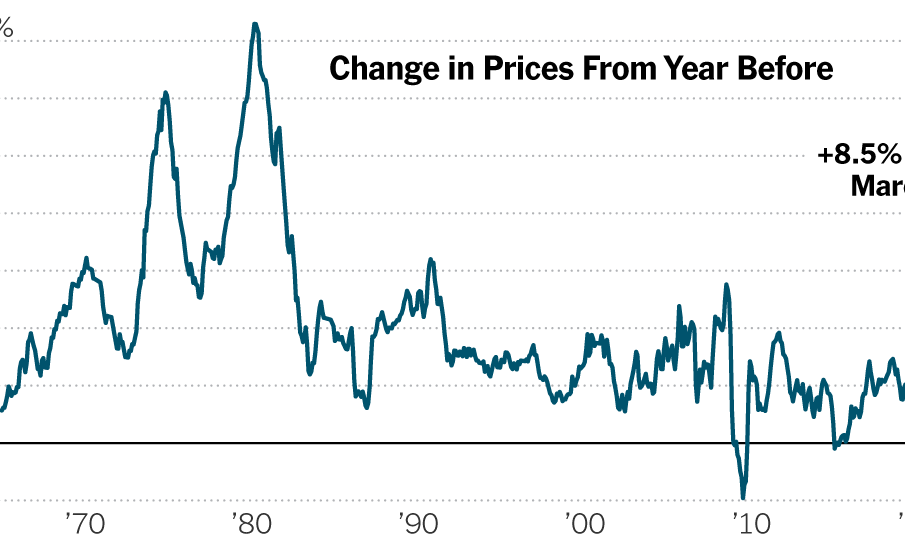Understanding the Latest US CPI Data

Introduction
The Consumer Price Index (CPI) is a crucial economic indicator that measures the change in the price level of a basket of consumer goods and services. The CPI data for the United States provides essential insights into inflation trends and the overall economic landscape. With recent fluctuations in prices due to various global and domestic factors, monitoring the CPI is more important than ever for policymakers, businesses, and consumers alike.
Recent CPI Data Overview
According to the Bureau of Labor Statistics (BLS), the latest CPI report for September 2023 showed an annual increase of 3.7% in the consumer price index, slightly up from the previous month’s 3.6%. This uptick is significant as it continues a trend of persistent inflation that has been affecting households and businesses across the nation. The core CPI, which excludes volatile food and energy prices, rose by 4.1%, indicating underlying inflation pressures in the economy.
Key Components Driving CPI Changes
Several factors have influenced the latest CPI data, particularly in sectors such as housing, energy, and food. Prices for shelter continued to rise, attributed to ongoing housing supply issues and increased demand. Energy prices, which saw slight declines earlier in the year due to falling global oil prices, rebounded, contributing to the rising CPI. Furthermore, food prices remained elevated as supply chain disruptions and climatic conditions continued to challenge agricultural production.
Impact on Monetary Policy
The Federal Reserve closely monitors CPI data as it sets monetary policy to achieve maximum employment and stable inflation. After a series of aggressive interest rate hikes over the past year, the Federal Reserve’s next steps will likely hinge on upcoming CPI reports. If inflationary pressures persist, additional rate adjustments might be necessary to stabilize prices. Conversely, signs of easing inflation could prompt the Fed to reconsider its tightening approach.
Conclusion
The latest US CPI data reveals that inflation remains a significant concern for both consumers and policymakers. With the annual inflation rate hovering around 3.7%, it is clear that maintaining price stability will require careful monitoring and strategic interventions. Moving forward, as economic conditions evolve and external factors play a role, stakeholders must remain vigilant in assessing the implications of CPI data on spending behaviors and economic growth. The significance of understanding these trends cannot be overstated, as they directly affect individual purchasing power and overall economic health.









